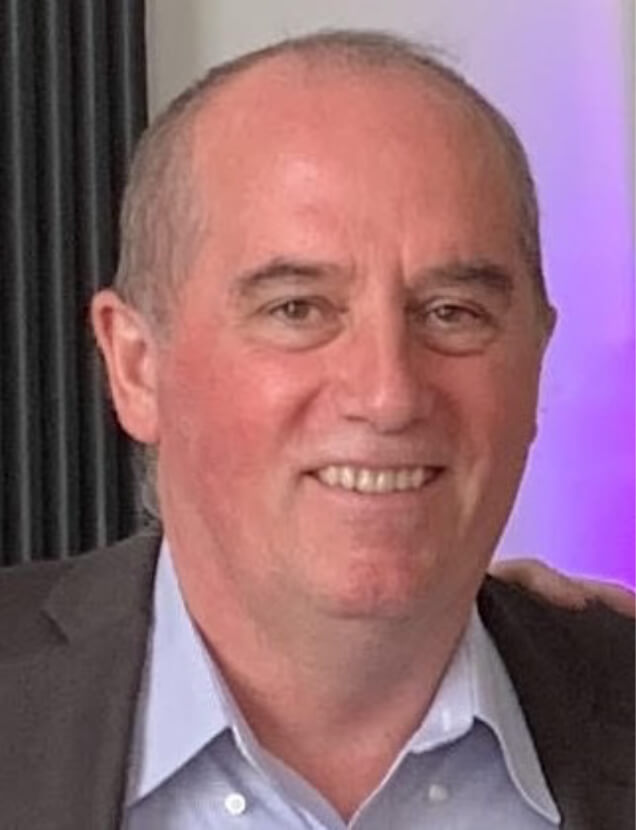
Heritage Lecture
Gregory Eiden, PhD
Laboratory Fellow, Idaho National Laboratory
Most of this talk centers on research I led or contributed to while I was at Pacific Northwest National Laboratory, mostly concerning trace analytical methods applied to the detection of nuclear fuel cycle isotopes at trace levels in environmental samples. I will recap a career whose foundation was my teachers who all prepared me exceptionally well (well, they tried!) for the next phase of my education and ultimately my career in science. The learning continues with my teachers, colleagues and collaborators, in the national labs, universities, and this audience who I hope to connect with and learn from.
In high school, I took eight different shop classes (machining, sheet metal working, hydraulics, electronics, …) that serve me well to this day. Some were great teachers in part because they were fun: thank you, Mr. Reuben Fischer, for telling me how fast a snowball needs to move to melt when it impacts a wall. “’Eleventy’ hundred miles per hour”!
Following high school, in the early 1980's, but unknown to me at the time, quadrupole-based ICP-MS came on the scene due to the concurrent efforts of Sam Houk, Thompson and Gray. Single atom detection goals were being pursued by Winefordner and Ramsey. During the late 1980's and early 1990's, resonance ionization mass spectrometry was being developed at DOE labs by Nogar (and Eiden!) at LANL and Ramsey at ORNL. Circa 1990 VG Instruments introduced its first commercial multi-collector ICP-MS that plunged routine detection capabilities to the part per trillion range. The precision of TIMS was improved by the development of the total evaporation method first reported by E.L. Callis and R.M. Abernathey in 1991.
Meanwhile, the faculty at Harvey Mudd College tried valiantly to teach me the importance of scientists understanding their work in the broader context of human knowledge and history. After Mudd, I spent five years at Tektronix developing plasma etch processes for semiconductor fab and I learned about the importance of intellectual property rights for new inventions to become commercially successful technologies. And we laughed a lot! But I also wanted to understand plasma driven surface chemistry better and decided that a PhD in Physical Chemistry might help, so it was off to Madison where I got my first taste of making a scientific advance: unravelling the vibronic mixing in the absorption spectra of benzyl radical. In my postdoc appointment at LANL the most important thing I could have learned from my advisor—fly fishing—I passed on! No career is perfectly executed! Instead, I focused on ion trap mass spec method development and REMPI of Pa-231 using TOF-MS detection. And so, my career in mass spectrometry was launched.
At PNNL I was lucky enough to start out on a project developing an ion trap based ICPMS. That work led to our contributions to collision cell ICPMS. I was funded to build some mass spectrometers at PNNL or contribute to their development, a rare event at the national labs. These included collision cell ICPMS prototypes, both ion trap and quadrupole mass filter based. Thanks to a recent uptick in USG investment, this is no longer as rare an event at the DOE labs—we are now building a new MS at INL with our PNNL collaborators! More on that in the near future!
One of my early successes at PNNL, collision cell ICPMS, taught me that scientists don’t talk to each other across some disciplines. More on that in this lecture, but one example: I discovered that the Paul Trap I knew and loved was extensively used and studied by engineers, but they called it an electrodynamic balance and used it to weigh small particles, among other things. Maybe that’s all many inventions are: previously overlooked opportunities.
I have been at Idaho National Laboratory since November 2022 and am continuing to pursue these interests as well as learning about the many nuclear power R&D efforts of INL and hopefully contributing to addressing nuclear non-proliferation issues in that arena. The breadth of the “R” and the “D” of nuclear power programs at INL is inspiring!
Important problems remain to be solved in analytical chemistry despite all the brilliant work of the last century and up to the presentations at this conference. In ICPMS, we have a ~100% efficient ion source, the Argon ICP, but detect at most a few percent of the atoms in the sample (champion performance is ~7-8%; G. Craig, ThermoFisher). We need much greater isotope ratio dynamic range in ICPMS instruments, down to at least E-11, to enable measurements of trace isotopes in the environment (AMS without the accelerator!) We are working on this at INL. We need instruments and software designed for researchers, not just production analytical labs. At INL, we are pursuing MS developments that commercial vendors are unlikely to address (insufficient market).
To paraphrase Buzz Aldrin, we were promised mass specs that could detect every atom (Mars colonies) but all we’ve gotten is 1% SUE in a 1000kg instrument (Facebook). Can I please have an atomic MS with 10% SUE that weighs 10kg, has no consumables and is powered by the sun or a smidgen of Pu238? Oh, and I want it in my lab and on Mars!